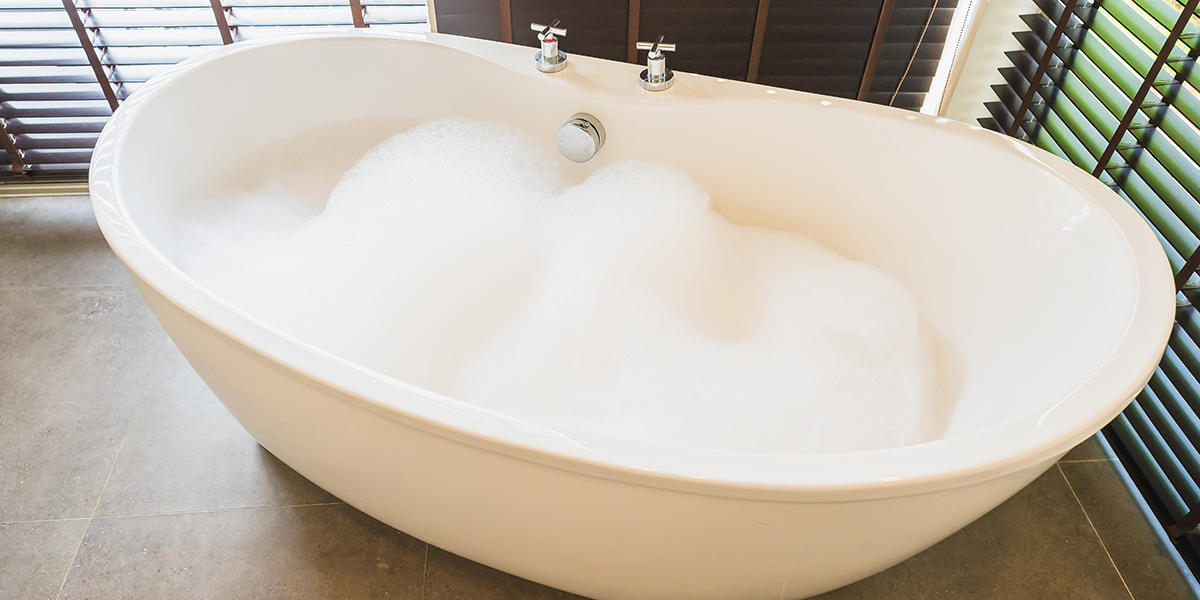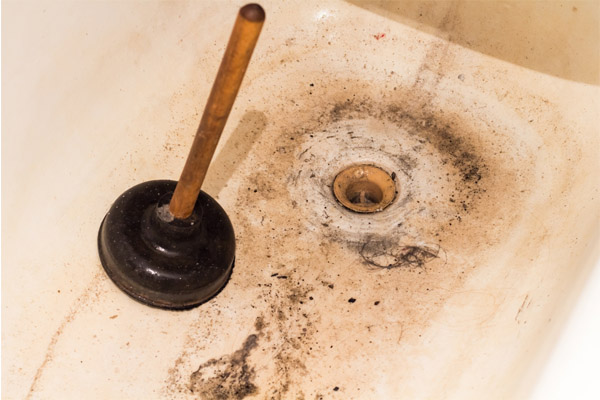Deciphering the Causes of Waste in the Bathtub
Deciphering the Causes of Waste in the Bathtub
Blog Article
In this article below you can discover additional good quality content regarding Why is There Sewage Coming Up Through the Bathtub.

Sewer backup in the tub can be a stressful and unsanitary issue for any type of property owner. Not only is it inconvenient, however it additionally presents significant health and wellness dangers and indicates underlying problems with the plumbing system. Recognizing why sewer is turning up through the tub is vital for taking ideal action to address the problem efficiently.
Intro to the Concern
Common Reasons for Sewage Backup
Obstructions in the Drain Line
Among one of the most usual root causes of sewer backup is an obstruction in the drain line. This can happen as a result of the build-up of debris, oil, or international items in the pipes, stopping appropriate flow and creating sewage to back up into your bath tub.
Tree Origin Breach
Tree origins seeking wetness and nutrients can infiltrate sewer lines via little cracks or joints. Over time, these roots can grow and increase, creating substantial damages to the pipes and bring about sewer backup concerns.
Recognizing the Issue
When sewer draws back up right into the bath tub, it's a clear sign of a trouble with the drain system. The wastewater that ought to be streaming away from your home is instead discovering its way back right into your living space, which can lead to substantial damages and health hazards.
Potential Reasons
A number of elements can add to sewage backup in the bathtub. From clogs in the sewer line to issues with the plumbing framework, identifying the source is important for discovering an option.
Aging Framework
Older homes may have obsoleted plumbing systems that are more at risk to corrosion, fractures, and damage. As pipes age, they end up being a lot more prone to leaks and blockages, enhancing the chance of sewer backup cases.
Heavy Rainfall or Flooding
Throughout durations of heavy rainfall or flooding, the drain system might become overloaded with excess water, creating back-ups and overflows. This can result in sewer backing up right into tubs and various other components inside the home.
Indicators of Sewer Backup
Foul Odors
Unpleasant smells rising from drains pipes or fixtures, particularly in the shower room, might show sewage backup concerns. These smells are often solid and persistent, signaling a problem that needs prompt attention.
Slow Draining Fixtures
Bathtubs, sinks, and bathrooms that drain gradually or not in any way could be experiencing sewer back-up. If several components are impacted all at once, it's most likely that the issue originates from a typical factor, such as the major sewage system line.
Gurgling Sounds
Odd gurgling or bubbling sounds coming from drains pipes when water is running elsewhere in your home are a measure of air caught in the plumbing system. This air build-up can result from sewer back-up and must be explored quickly.
Wellness Dangers Associated with Sewage Back-up
Contamination of Supply Of Water
Sewage back-up can contaminate the water supply in your home, posturing a serious wellness threat to you and your family. Exposure to infected water can lead to gastrointestinal concerns, skin infections, and other ailments.
Mold and mildew Growth
Moisture from sewage back-up can produce excellent problems for mold and mildew growth in your home. Mold spores can intensify respiratory system troubles and create allergic reactions in sensitive people, making timely cleaning necessary.
Spread of Disease
Sewage includes hazardous germs, viruses, and bloodsuckers that can trigger a range of illness, consisting of hepatitis, cholera, and gastroenteritis. Coming into contact with sewer or contaminated surface areas puts you in danger of infection.
Cleaning Up After Sewage Backup
Sanitation Procedures
Extensively decontaminate and disinfect affected locations after sewage back-up to get rid of unsafe bacteria and prevent mold and mildew growth. Use ideal cleansing items and protective gear to make sure risk-free and efficient cleaning.
Reconstruction of Affected Locations
Fix any damage to floor covering, walls, or components triggered by sewer back-up. Depending on the level of the damages, you may need to replace carpets, drywall, or various other materials to restore your home to its pre-loss condition.
Immediate Actions to Take
Shutting Off Water
In the event of sewer back-up, it's essential to shut off the water system to avoid more contamination and damages. Locate the major water shutoff valve in your home and shut it off up until the concern can be solved.
Contacting an Expert Plumber
Dealing with sewage back-up is not a DIY work. Contact a qualified plumber with experience in handling sewage-related problems to analyze the circumstance and perform essential repair work or cleanings.
Avoiding Contact with Contaminated Water
Up until the sewage backup is settled, avoid contact with infected water to avoid the spread of germs and microorganisms. Wear protective gear if you should be in the afflicted location and wash your hands completely afterward.
Preventive Measures
Normal Upkeep of Sewage System Lines
Arrange routine evaluations and upkeep of your drain lines to determine and address possible issues prior to they escalate into major troubles. This can consist of clearing out particles, inspecting for tree root breach, and fixing any kind of broken pipelines.
Mounting Bayou Shutoffs
Consider installing bayou valves in your plumbing system to avoid sewage from receding into your home during periods of heavy rainfall or flooding. These shutoffs automatically close when water draws back up, safeguarding your residential property from contamination.
Proper Disposal of Household Waste
Avoid purging anything apart from toilet paper and human waste down the commode to avoid clogs and obstructions in the drain line. Dispose of oil, oil, and various other home chemicals properly to decrease the danger of plumbing troubles.
Why Is Water Backing Up in My Bathtub When I Flush My Toilet?
What to do about a sewer line clog
First, don’t bother with plunging. No amount of plunging will dislodge the clog in a sewer line. The clog is too far away. Plungers are for clogs in the toilet itself, not the sewer line. Plus, the most likely causes of a sewer clog are:
Tree roots Flushed toys or feminine products Grease buildup Those items don’t move easily. And in the case of tree roots, the roots need to be cut out of the pipe and the pipe will need to be repaired.
You’ll need a closet auger. A closet auger is a type of plumber’s snake with a protective cover to keep from scratching the delicate porcelain toilet. If the clog is further down, you may need to remove the toilet or use one of your cleanouts to get to the clog.
We also recommend doing a video inspection of the drain to ensure that the cause of the clog has been completely removed. Otherwise, you could have the same problem again in a few days or weeks.
https://mspplumbingheatingair.com/blog/why-is-water-backing-up-in-my-bathtub-when-i-flush-my-toilet

As a keen reader on Why sewage is coming up through your bathtub, I imagined sharing that blog post was a good idea. Sharing is nice. Helping people is fun. Many thanks for being here. Return soon.
Schedule An Appointment
Report this page